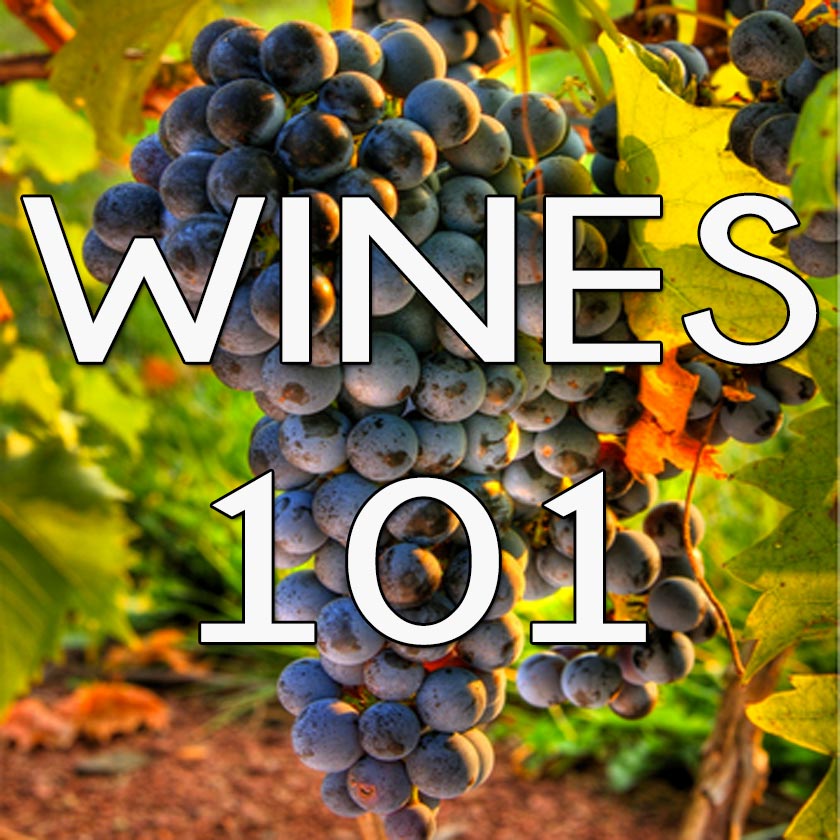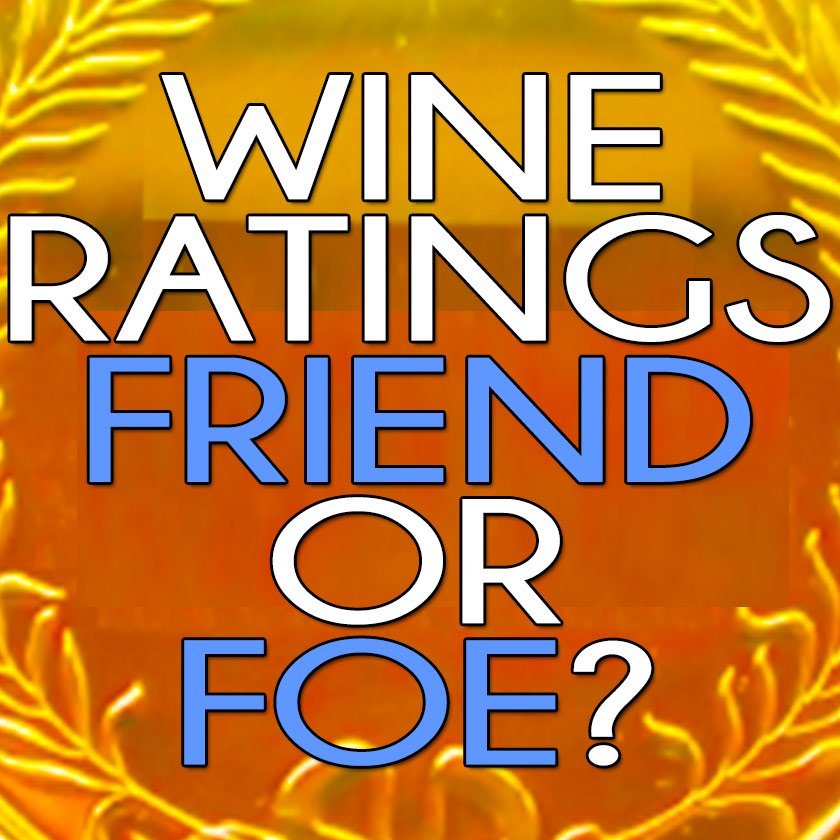Light Red Wine Weaker?
Another Wine Mythbuster revealed...
WINE MYTHBUSTERS - “LIGHT RED WINE IS WEAK...THE DARKER THE RED, THE BETTER IT IS.”
Serious red wine drinkers want their reds bold and beautiful - and wine makers know this. That’s why so many red wines today are saturated with deep color - so deep in fact that they start leaning closer to inky black than bright reds.
That opaque inkiness is a sign not only of the density in color, but also of the density in flavor and aroma. And a highly concentrated, full-flavored wine is of course considered a high quality wine... But is this always the case?
Actually, not at all.
The global wine market adjusts and adapts to the whiffs and whims of wine drinkers.
And of all the most primal wine drinking desires, who doesn’t love staring into a ruby-colored glass of red wine at a candlelit dinner?
Knowing that wine lovers are seeking out a deep red color in their red wines (much the same way people seek out a green-tinted olive oil assuming it’s an indicator of quality) - many wine makers have begun augmenting a wine’s true color to pass the ‘bold test’.
For example, as is well within their creative prowess, many wine makers choose to blend a small percentage of other wines into these paler varieties to boost their hue and to blend a second dimension of flavor.
While this oftentimes creates a knock-out wine, it by no means is obligatory to make these wines stand out and great in their own right.
So some types of wine color augmentation do not threaten a wine’s quality.
Yet sadly, some do.
For example, by over-extending a grape’s growing season to past prime ripeness simply to deepen the grape’s color can backfire and create unruly flavors, highly astringent wines that are hard to tame, and hard to drink.
Pretty in the glass - ugly on the tongue.
Others take more drastic measures by artificially coloring their wines - so in today’s wine world a seriously cheap red can boast a beautiful opaque color...but have nothing else to show for it.
Light Red Wine Varietal Examples:
But don’t be fooled - some grape varieties are naturally thin in grape skin pigment, like Pinot Noir, Nebbiolo, and Sangiovese.
These light red wines, on their own, will never deliver a naturally deep or opaque hue - nor should they have to. They’re delicious, complex wines in their own right; three of the most highly prized and sophisticated red wines in the world!
On the other side of the spectrum, you can have a deep colored Chambourcin, with beautiful hues and tonality...but that doesn't make Chambourcin a heavy-body wine...not at all!
Point being - don’t be afraid of experimenting with pale, light red wine.
By not blindly relying on a wine’s color to indicate quality, you’ll grow as a wine enthusiast in wonderful ways, and learn to trust your own tastes and experiment more and more.
Don't confine your wine preferences in a pre-set label or box...the wines of this world are too many and too diverse for such simplification!
* * * * * * *
| New Jersey Wineries › Wine Pairing Tips › Light Red Wine |
Have A Great Story About This Topic?
Do you have a great story about this? You can share it here without needing a Facebook account! You can even upload pictures!
What's New?
-
Dr
Dec 04, 14 04:30 PM
When France lost Algeria in 1960, a great worry of winemakers wad what are we going to do now? French wines from many regions WERE B,ENDED WITH MUCH STRONGER -
How to make port wine - and history!
Dec 04, 14 03:26 PM
How to make port wine - delicious, heart-warming, the perfect gift -
Wine accessory shopping for the holidays
Nov 01, 14 04:25 PM
Wine accessory shopping for the holidays





























New! Comments
Have your say about what you just read! Leave me a comment in the box below.